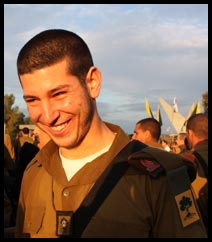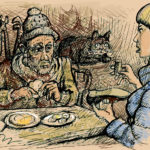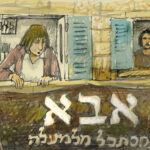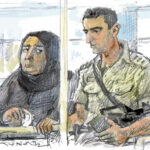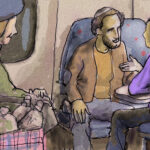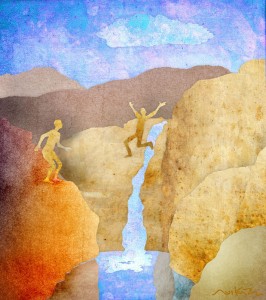
And middle age has its advantages. Going slowly, planning out each step, I take in more. The rains have ended, the squills are desiccated. I wonder whether the whorled stumps that dot our path are the bulbs of these autumn flowers, the remains of trampled or eaten plants. I ponder the Naftali highlands over the Hula Valley on the western horizon and point out the peak of Mt. Meron to my companion, who has gone this way dozens of times and never parsed the view.
Sixty years ago, I tell my son, the valley below was a huge swamp. Reeds and bulrushes grew in clumps an expanse just a couple meters deep, fed by the Jordan and its tributaries. Otters played and fat fish and frogs of breeds that lived nowhere else plied its gentle currents. And huge swarms of mosquitoes hovered over the shallows, in hunt of warm blood. One of the mosquito tribes was the dreaded anopheles, which injected virulent plasmodia into the bodies of the emaciated marsh Arabs, the only humans who dared live on the shores of the lake at the mire’s southern end. That is, until the Zionists came to the valley and built Yesod HaMa’ala and Rosh Pina, there to shiver and sweat with malaria.
